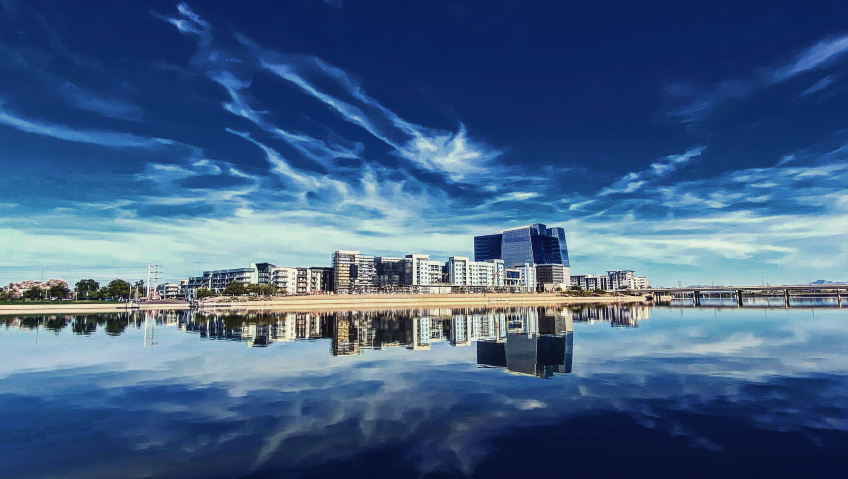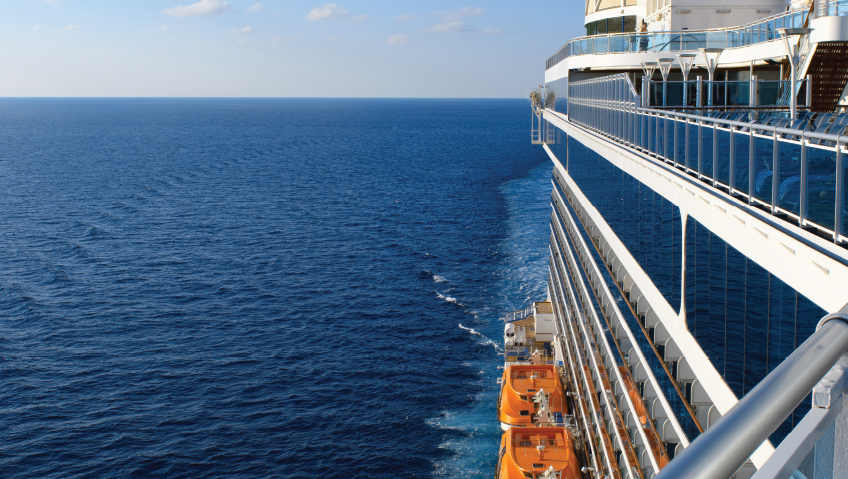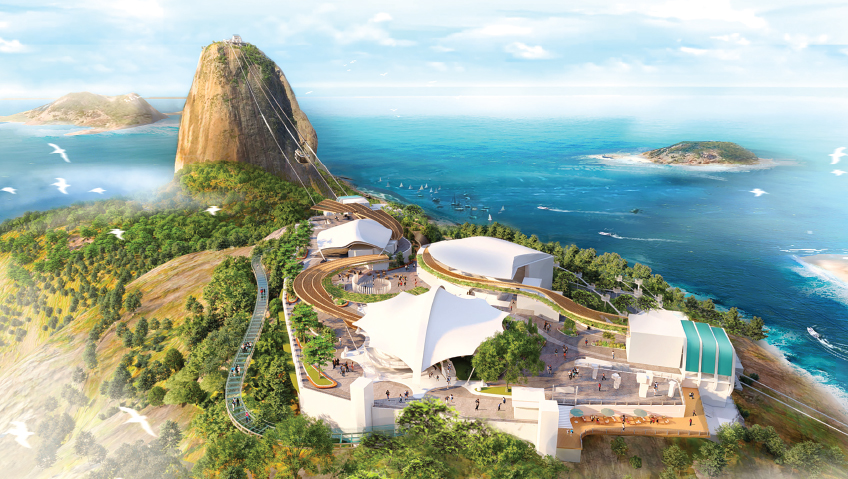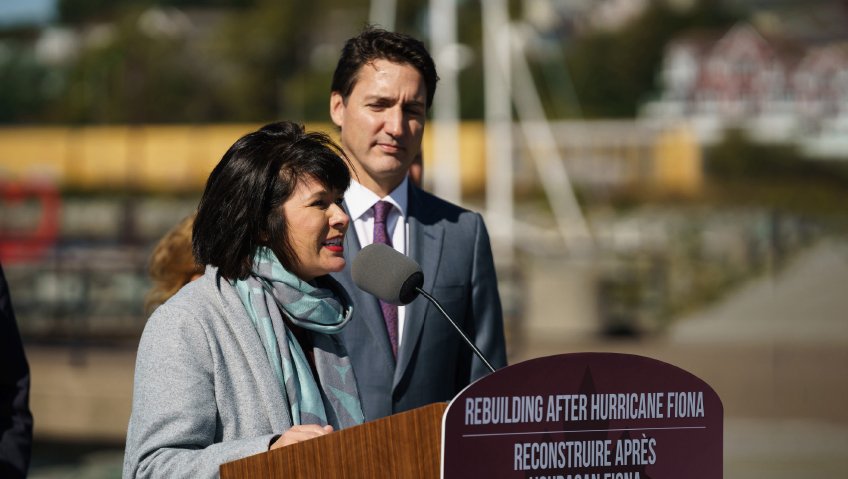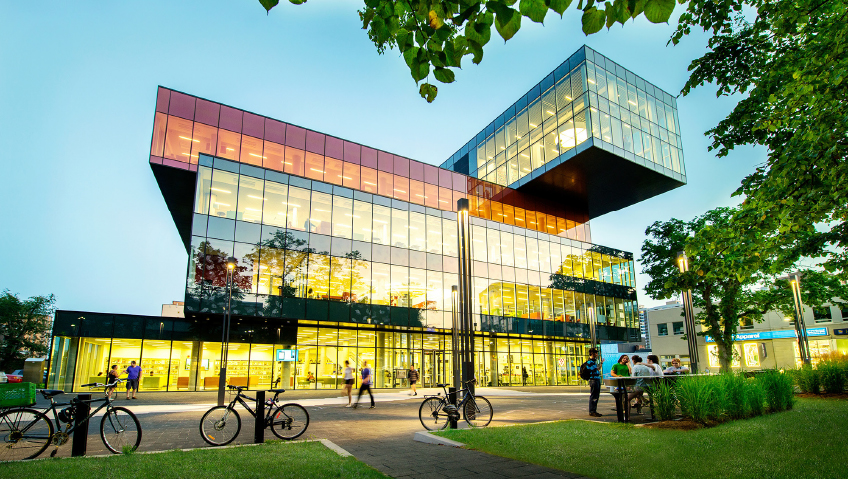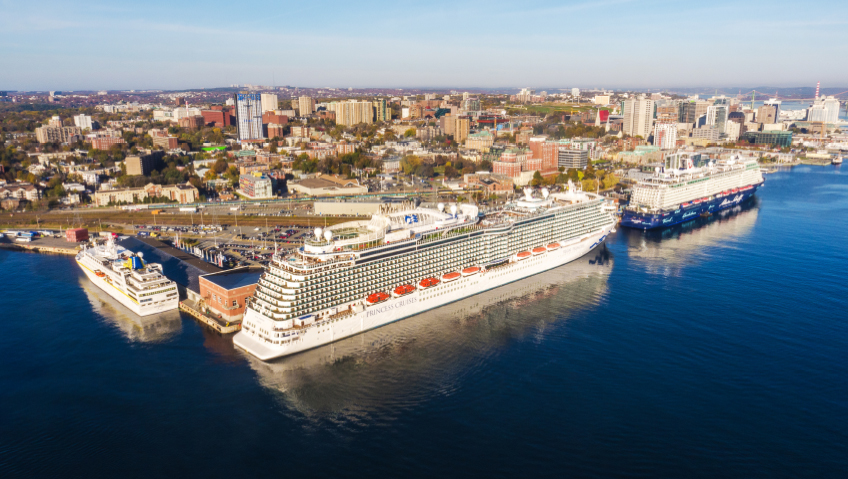Tempe is an oasis in the Arizona desert. Known for its unexpected lake, this community of 190,000 also stands out for its livability, innovation, and welcoming spirit, creating a destination for leading-edge industries and people looking for a place to call home.
In 1999, Tempe created a lake from a river that ran through the city. “The voters approved the expenditure, and they built this lake,” says Deputy Economic Development Director Maria Laughner.
It was a bold move for a landlocked desert city. “Everyone else in the valley thought we were crazy.” The naysayers were quickly proven wrong, however. Tempe Town Lake “has made all of the difference,” she says. “When you have water available in a relatively large town lake, it just creates a different sense of being. It has created this huge amenity for us, and people are attracted to it… Water is life.”
The community has taken full advantage of the lake by creating paths alongside its waters for walking and cycling. People can also enjoy a range of sports like paddle boarding, kayaking, crew, and even waterfront yoga lessons. The lake “has been the most significant amenity that Tempe has put into our community that created a more livable environment overall, because of all the recreation that stems from it,” Laughner says. “We really put a lot of emphasis on investments like that.”
These investments go far beyond the lake. Tempe boasts a range of public transit options, including light rail and a brand new streetcar network as well as walkability, which “just makes it more livable,” she says. “People would rather be on their bikes than driving. They’d rather be able to walk around and feel safe, and we’ve made investments in infrastructure to do that.” In fact, owning a car is optional, so much so that Tempe is building the nation’s first carless community.
The city is focused on increasing shade along pathways so that all those pedestrians enjoying the city’s walkability will be comfortable in Arizona’s sweltering desert climate. “With the heat, shade is very important, and we’re looking to increase shade everywhere so neighborhoods are walkable and the downtown is walkable and people can go wherever they want, even when it is 110 degrees out,” Laughner says.
Several development projects will also help to raise Tempe’s livability even further. “Tempe is an older city, especially for Arizona,” she says. “We just celebrated our 150th birthday. We’re urban, and we’re landlocked, so there’s not a lot of greenfield, so we do spend a lot of time looking at older properties and how they can be adapted or redeveloped to better serve the community.”
Currently, the team is looking into redeveloping the city’s old and deteriorating performing arts center which was replaced years ago by a newer, waterfront facility. “We’ve decided that we would like to tear it down and build affordable multifamily in its place,” says Laughner. “One of the issues that we have in our downtown core that a lot of downtowns have is a lack of affordable living accommodation. There’s a lot of luxury, certainly market rate, but not a lot of places for people that are workforce level.” She explains that the city wants to provide an opportunity for people in professions such as teaching and firefighting to be able to enjoy downtown living.
There are already 1,200 new housing units going up downtown to help meet growing demand. “We are a net importer of employees, which means our working population doubles during the day,” she says. At least 50,000 new jobs have come to Tempe since 2012.
“That means a lot of people are driving to Tempe from wherever they call home every day. What we all learned during the pandemic, more than ever, was how much time we gained by not being in our cars. So there is a real desire to live closer to where you work, and Tempe has seen that. We’ve heard from a lot of people that they don’t want to drive. They’d rather live in Tempe close to their office space, so we’re trying to help with that by building more housing. That’s been a real big redevelopment effort of ours.”
The city is also keen on historical preservation projects. For example, the historic Hayden Flour Mill and Silos is getting a major renovation to turn the facility into an asset for the public. “We’re working with a developer right now to create an adaptive reuse project that will restore the mill and silos and then make them accessible to the community… so that people can enjoy that history,” Laughner says. “The community is enthusiastic about the preservation. They know the history, and they want to be involved in it.”
Beside the mill, in Tempe’s downtown, lies the historic home where the mill’s namesake lived. Hayden House is already fully preserved and has been open for a year. Across the street is a well-known bridge that has been in disrepair since the 1930s. After nearly a century of neglect, the city is transforming Ash Avenue Bridge into a destination for the public to enjoy. Built in 1924, the old Tempe Depot is also slated for restoration.
“All of these sites have been closed to the public for so very long,” she says. They “have been boarded up or have chain link fences around them. To have these developers looking to work with us to restore the community assets and the heritage of our community and open it up to the public at large is so exciting.” City staff plans to work with the Tempe tourism team to create a cohesive, free experience for visitors that will likely involve a new heritage walk linking all of the newly preserved historic sites.
Tempe is proud of its past, but the community is focused on the future. The same innovative mindset that brought water to the desert is seen throughout the city’s forward-thinking industries, which include software-as-a-service (SaaS), aerospace, advanced manufacturing, and bioscience.
“There’s a spirit of innovation that runs all the way through our community,” says City of Tempe Public Information Officer Kris Baxter.
Arizona State University’s presence bolsters this spirit. “We have an amazing amount of research happening,” Baxter says. “ASU has been named the most innovative university in the country for eight years in a row… Innovation is part of our DNA. We just don’t do things the way everyone else does. We look for the best and the kindest way to do things. Innovation for the sake of innovation isn’t enough. It has to be the solution that is best for the most people.”
Arizona State University’s School of Earth and Space Exploration is leading the way with projects that include the launch of a new satellite “led by only the second woman ever to work on a NASA project of this type,” Baxter says. “We have a lot of really high-profile projects that bring a lot of research dollars to our community.”
Recently, research associated with Arizona State University helped combat COVID. “When COVID-19 struck, our scientists created the first saliva test for COVID,” she reports. “It was used nationally, if not around the world. They were on the cutting edge of that.”
Tempe’s bioscience and aerospace industries continue to grow at The Arizona State University Research Park. “Viasat just announced a huge expansion in Tempe of their global communication satellite division,” Laughner notes. “That’s the research, engineering, and manufacturing of those satellites at our ASU Research Park.”
The presence and expansion of these innovative industries spill over into additional projects and opportunities for the entire city. “All of those things end up spinning companies and creating investment and research and development in our community,” she says.
City leaders are committed to keeping Tempe a highly livable city that continues to attract leading-edge industries as well as new residents. This will include “greater and greater interconnection in terms of walkability and transit infrastructure, but also greater sustainability,” Laughner says. One of these is efforts the affordable housing project. “We consider that a sustainability effort because it’s helping people stay in the communities where they work.”
Perhaps most notably, city leaders want residents of all income levels to have the opportunity to enjoy Tempe in the future. “We’re not focused on just being the place for rich people to come live,” she says. “We want to be a place that is affordable for everybody.” With this attitude at the forefront, Tempe truly is an oasis.

